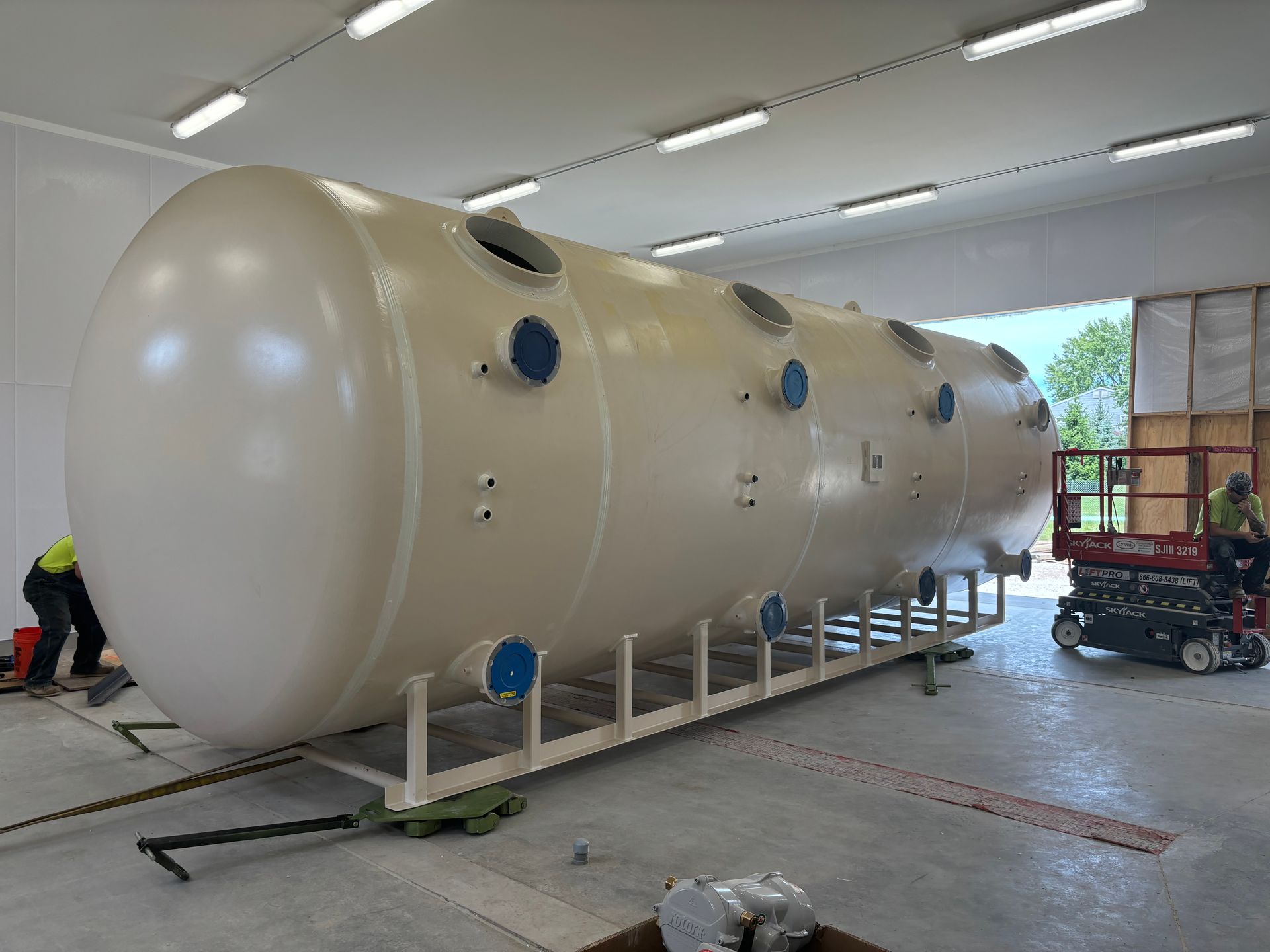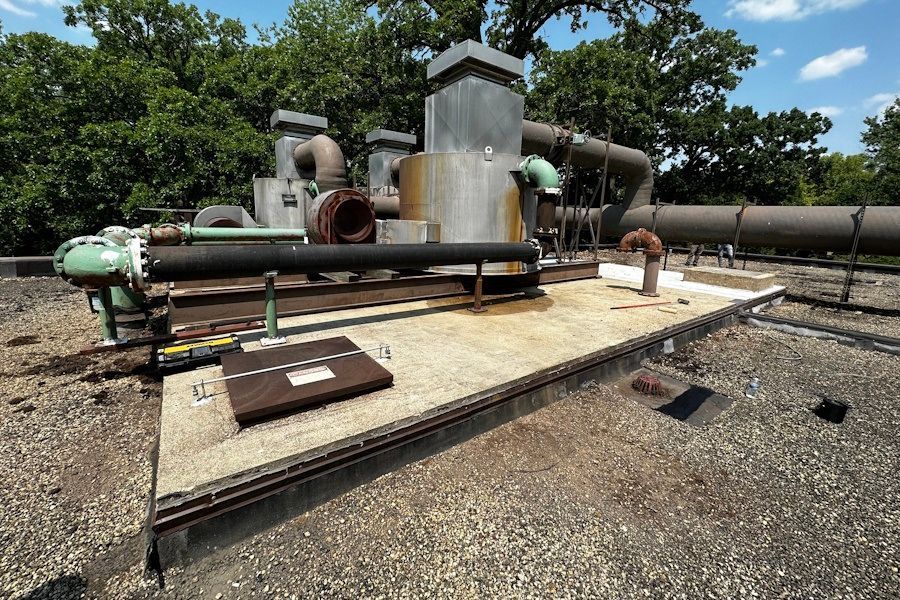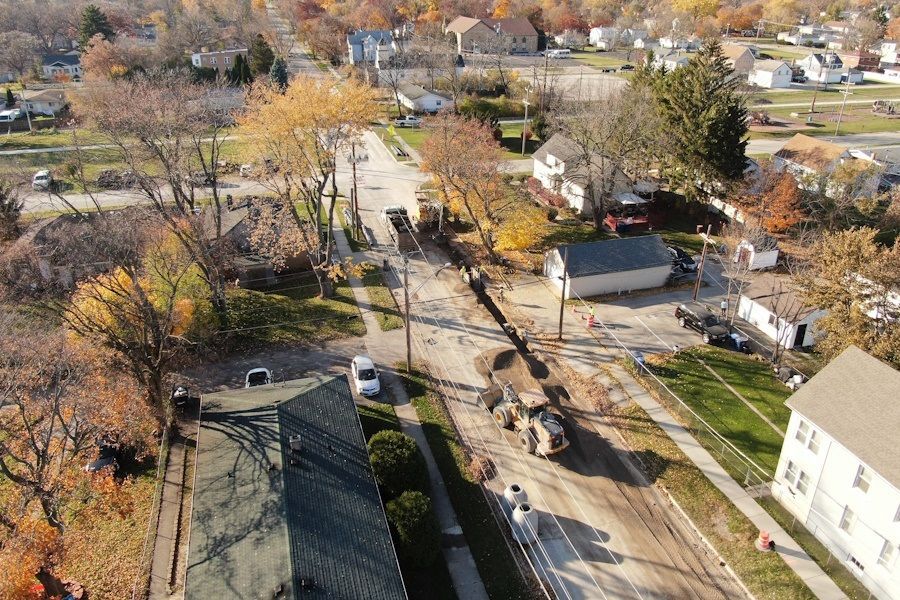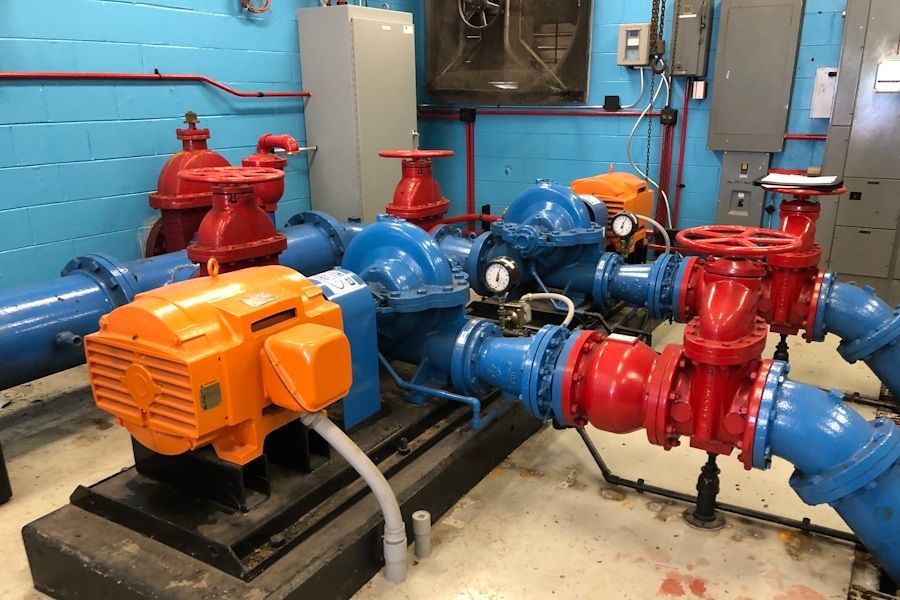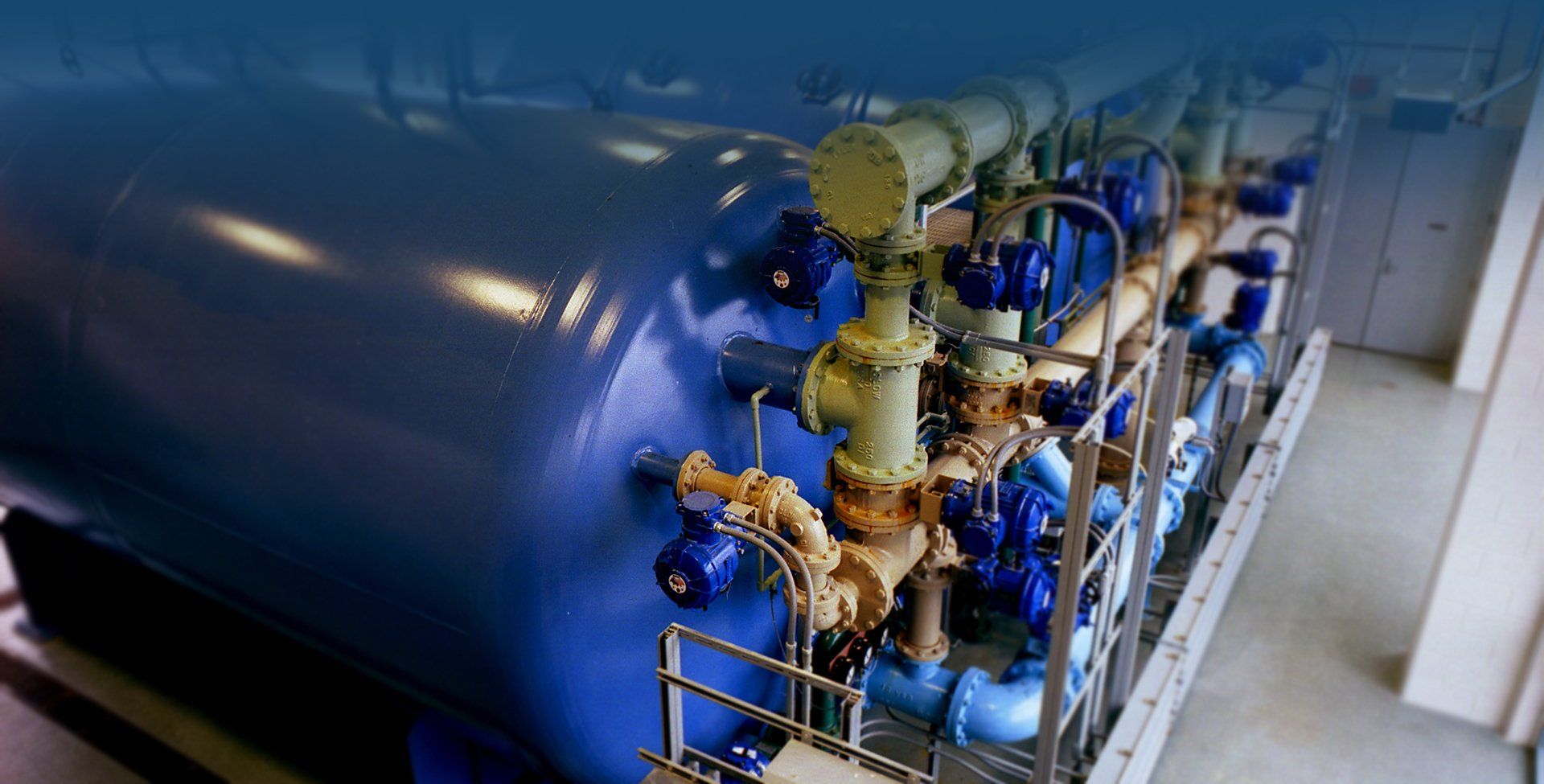WATER ENGINEERING SERVICES
Trotter and Associates, Inc. has become highly respected for successfully planning, designing and implementing a wide range of water and wastewater infrastructure solutions. The potable water system is one of the most important services a community can provide as it protects public health, enhances quality of life, is instrumental in fire protection, and supports economic growth within the community. As such, systems must be designed and operated such that interruption of service is an unusual event.
As communities with aging infrastructure continue to grow, there is a need to address the quality, quantity, and efficiency of delivering potable water. Driven by the Safe Drinking Water Act (SDWA) Amendments, water systems are being affected by a new emphasis on microbiological safety, disinfection requirements, reduction of disinfection by-products (DBPs), new maximum contaminant levels (MCLs) for arsenic, organic contaminants and radionuclides and minimization of lead and copper concentrations “at the tap.” Communities must find new supply sources, better and more efficient treatment technologies, and the methods to cost effectively maintain and expand existing distribution systems.
Part of a public official’s charge is to invest their community’s limited resources wisely. That serious responsibility includes decisions regarding improvements to the community’s water system. TAI excels in the planning, design and implementation of water system improvements. Our team of professionals works closely with our clients, enabling staff and elected officials to make informed decisions concerning the improvements to be implemented. TAI’s team will find the strengths of the existing infrastructure and maximize those strengths in development of a solution that fits the community’s current and long term needs.
Services
TAI provides its clients with a comprehensive suite of water system engineering services including:
- Water system master planning and modeling
- Water distribution design
- Water supply and storage design
- Water treatment engineering
GET IN TOUCH
HAVE AN ENGINEERING PROBLEM THAT YOU'D LIKE OUR HELP WITH?
RELATED PROJECTS
